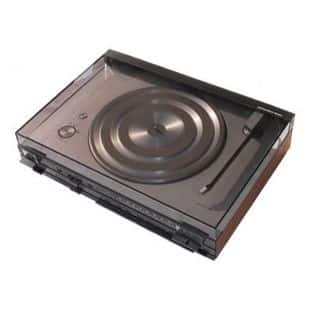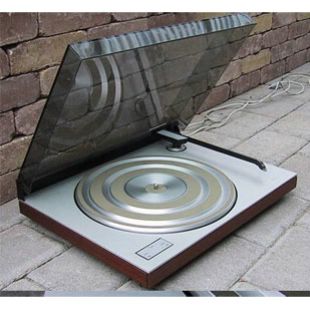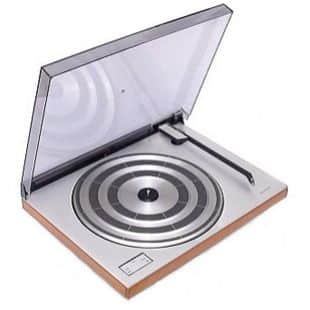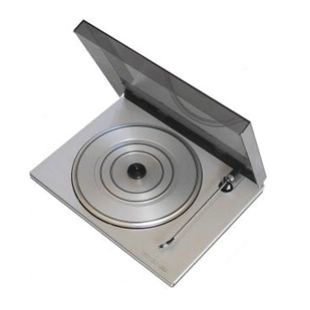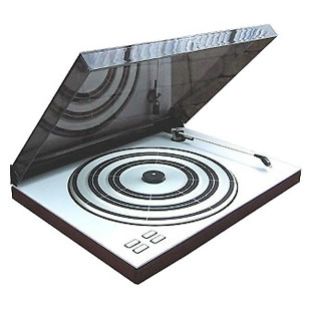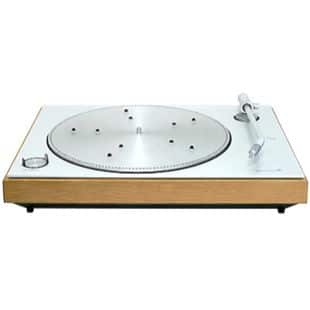BeoCenter 9300

Beocenter 9300 really defined the word ‘classic’. It was for those who preferred to enjoy the music rather than to pore over the product manual. The design of the 9300 was around for many years before production ceased in the late 1990’s. It was available in many different versions; for example 8000, 9000, 9500 and the this last version: Beocenter 9300.
The differences between the 9500 and the 9300 was that the 9300 had a new and improved CD mechanism fitted which was faster than the previous versions. Some minor differences were that the 9300 lacked two-way remote communication and an equalizer loop-through. However, the 9300 still is still among the Bang & Olufsen greats!
BeoCenter 9300 could operate with active as well as passive loudspeakers. A mere touch activated BeoCenter 9300 and a line of sensi-touch options glowed on the lower glass display. The 9300 was a complete music system for people who prefer to enjoy music rather than poring over a product manual.
Features:
2 x 80 watt amplifier, CD player with programming, tape recorder with auto reverse, FM/AM radio with 30 preset stations, finger touch control, optional Beo4 remote control operation, connections for Beolink® and headphones, Master Control Link. There was also the option of using the BeoCenter with or without active speakers, such as BeoLab 4000 (shown above). A stand could also be bought as a separate item


